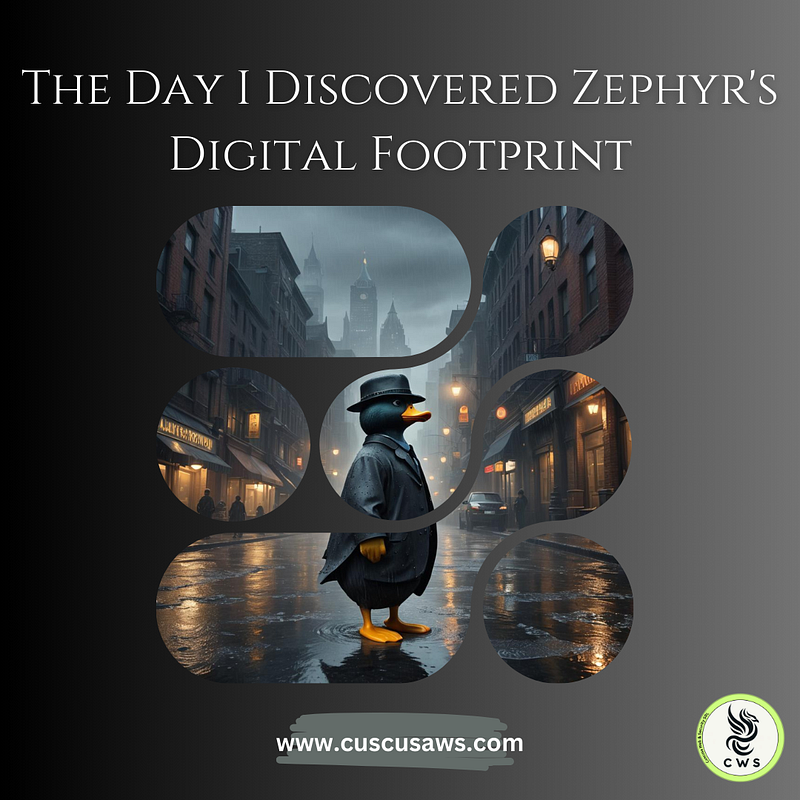The Day I Discovered Zephyr’s Digital Footprint
It was an ordinary Tuesday when I stumbled upon a digital ripple that sent waves through my understanding of privacy.

It was an ordinary Tuesday when I stumbled upon a digital ripple that sent waves through my understanding of privacy. I learned that my friend (let’s call him Zephyr to protect his privacy) had gone for a swim the previous evening. The unsettling part? I hadn’t spoken to Zephyr in weeks, and he certainly hadn’t shared this information with me directly. But it wasn’t just the swim that caught my attention. To my shock, I could see Zephyr’s entire fitness history — runs, bike rides, gym sessions — stretching back weeks and even months. This comprehensive log of his physical activities was laid bare before me, a virtual diary of his habits and routines. This seemingly innocuous revelation became a stark wake-up call about the silent data streams flowing through our digital lives.
Tracing the Digital Watermarks
Diving deeper, I realized Zephyr had likely used a popular fitness tracking app to log his activities. Like many apps we use daily, it was broadcasting far more than just his recent swim. This incident highlighted several critical issues in mobile app security and data protection:
- Historical Data Exposure: The app wasn’t just sharing recent activities, but providing access to a long-term record of Zephyr’s fitness routines, potentially revealing patterns in his daily life.
- Default Oversharing: Many apps are preconfigured to share more data than necessary. Users often unknowingly broadcast their activities, location, and habits to an unseen digital audience.
- Third-Party Data Pools: Fitness and social media apps frequently share data with marketers, advertisers, and other third parties. This data sharing often occurs without users’ full awareness or explicit consent.
- Always-On Location Tracking: Even when dormant, many apps continue to track and potentially share a user’s location, creating a detailed map of daily routines over time.
Cyber Predators and Data Streams
Cybercriminals are adept at piecing together these digital breadcrumbs to create comprehensive profiles of potential targets. Here’s how they might exploit such data leaks:
- Personalized Phishing: Armed with knowledge of a person’s long-term habits and social connections, attackers can craft highly convincing phishing attempts tailored to the victim.
- Physical Vulnerability Mapping: Regular patterns in location data, especially when available over extended periods, can reveal when a person is likely to be away from home, potentially exposing them to real-world threats.
- Identity Theft Deep Dives: By combining various pieces of leaked data from different apps and platforms over time, criminals can gather enough information for sophisticated identity theft or financial fraud.
Building Digital Levees
This eye-opening experience led me to implement stronger data protection measures:
- App Permission Audits: I now regularly review and restrict app permissions, especially regarding location tracking and data sharing. It’s become a monthly digital hygiene routine.
- Privacy-First Alternatives: I’ve switched to apps that prioritize user privacy and offer granular control over data sharing, including options to limit historical data access.
- Data Minimization Strategy: I’ve adopted a “less is more” approach, inputting only essential information into apps and regularly purging unnecessary historical data.
- Encryption and VPN Adoption: I now use encrypted messaging apps and VPNs for most of my online activities, adding layers of protection to my digital communications.
The Ripple Effect
The day I unexpectedly learned about Zephyr’s swim — and his entire fitness history — served as a powerful reminder that in our interconnected world, privacy isn’t a given — it’s something we must actively cultivate and protect. As we continue to embrace the conveniences of digital life, we must remain vigilant about the data trails we leave in our wake, especially those that accumulate over time. By understanding how our data can leak and be exploited, we can take meaningful steps to safeguard our privacy and security. After all, in the vast ocean of data, we should be the ones deciding who gets to know when, where, and how often we take a dip. This experience has not only transformed my own digital habits but has also sparked crucial conversations within my social circle about the value of our personal information and the pressing need for digital literacy in today’s hyper-connected world. As we navigate these digital waters, remember: every app is a potential leak, every click leaves a trace, and every share could become a vulnerability. But with awareness, caution, and the right tools, we can enjoy the benefits of our digital world without surrendering our privacy — or our entire fitness history — to the depths of the data ocean.



